Pretty much every business of every size is collecting some kind of data from their customers nowadays whether they know it or not…but why? Why is customer data collection so worthwhile? How does it affect businesses? Is it really worth it?

The short answer is, yes it’s worth it and yes it can seriously better your business. If you want the long answer, keep reading. We’ll dive into:
- What kind of data you should be collecting
- How to collect customer data (you might already be doing some of these!)
- Six different ways that data can benefit your business
What kind of data to collect from your customers (and how to collect it)
First things first, let’s talk about the kind of data you might be collecting about your customers and how you can collect that data. Of course, you always need to make sure that your customer data collection complies with data privacy, protection, and processing laws like the European General Data Protection Regulation and the California Consumer Privacy Act.
If you’ve got that covered, here are some of the types of customer data that are useful for businesses to collect plus methods for customer data collection:
Personal data
Personal details like name, email address, phone number, gender, occupation, ID number, and nationality. This can also extend to technical data like device IDs and web browser cookies.
You can collect personal customer data from your lead management platform if customers provide their information. You likely have at least their names, email addresses, and phone numbers stored there. Other technical data would likely be collected using software attached to your website that can track this information.
Engagement data
This is data about how customers interact with your business. This can be on your social media pages, website, apps, advertisements, communication and customer service channels, and more. You would collect this data directly through the channels listed.
Attitudinal data
This is data related to your customers’ attitudes towards your products and services. It relates to their overall satisfaction, likelihood of purchase, purchase criteria, and so on. This customer data can be collected through online reviews, support tickets, satisfaction surveys, and more.
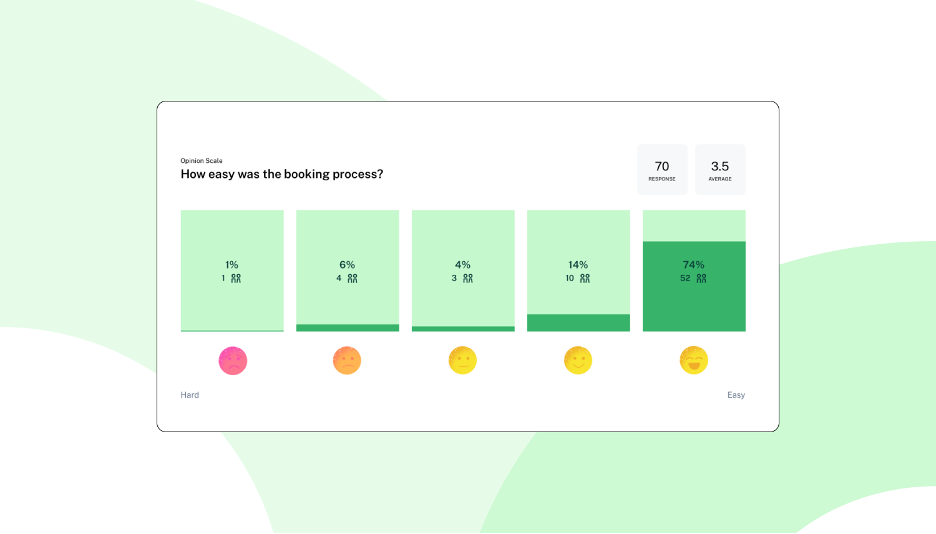
Behavioral data
This is transactional data like abandoned carts, purchase histories, and product usage. You would collect this data directly from your website or CRM.
Market research data
If you conduct any kind of customer or market research through online surveys, face-to-face interviews, user testing, prototype testing, and the like, you’re also collecting a certain kind of customer data.
Data sources
Additionally, these customer data types can be broken down by source into first-party second-party, or third-party data.
- First-party data: Data that you collect from your own efforts, including your website and/or app.
- Second-party data: Data that you collect from a trusted partner or source, like Google or Facebook.
- Third-party data: Data aggregated across multiple websites or through (not your) company research.

Of these, first-party data is the most valuable for your business, especially as the new iOS 14 will allow users to opt out of data tracking from apps and as Google plans to remove third-party cookies in 2022.
How to use customer data to improve your business
Now that you understand the types of customer data you might collect, it’s important to know how you can use it to audit and improve your business and provide a better experience for your customers.
1. Discover (and solve!) customer pain points
Often consumers buy products or services because they think (or know) that they will solve a problem in their lives. For example, someone might invest in a project management software to help get their professional lives organized and stay on top of all their paperwork. Someone else might buy a new vacuum cleaner because it’ll help them clean the dust, dirt, and dog hair off their floor more quickly. You see where we’re going with this.
This is exactly why customer pain points are important. Pain points are related to specific problems that your potential customers are experiencing and want to solve. The above problems would be expressed as pain points like this:
- “I find it impossible to stay on top of all my paperwork! I’m totally overwhelmed, keep losing things, and need help getting organized!”
- “My vacuum cleaner is old and doesn’t work. I vacuum every day and my floor is filthy and covered with dirt and dog hair.”
That’s where relevant products and services swoop in!
Herein lies the problem. You can’t read minds. You won’t know what your potential customer’s pain points are unless you use some market research tools, collect some data, and get deeply acquainted with those pain points. When you know what they are, you’ll be able to make sure your product or service resolves them. This will ultimately lead to higher sales and more leads for you.
Customer pain points are often grouped into four categories:

- Financial
- Productivity-related
- Process-related
- Support-related
2. Improve the customer experience
Customer experience is one of the most important aspects of any business’s success. Nowadays, bad customer service just won’t cut it. Tellingly, a PWC report showed that 33% of customers would leave a brand after just one negative interaction, and 92% after two or three negative interactions. As you can see, a bad customer experience doesn’t make for a sustainable business.
On the flip side, customers will pay a premium for a good customer experience. So you want to use whatever data you can to improve that experience for them!
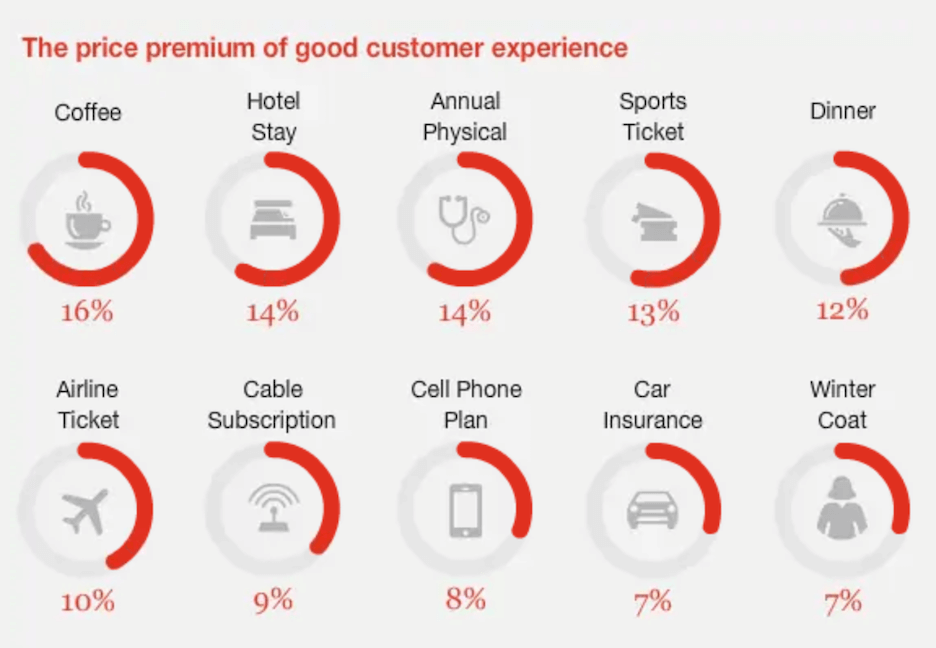
Now, you might be wondering how collecting customer data makes for a great customer experience. This answer is simple. For better or for worse, customer data collection helps you get to know your customers. That means you can analyze it and use your findings to make changes to your products, services, social media presence, website, communications, or just about anything else.
Over time, you’ll ensure a great customer experience by figuring out what works and integrating customer likes and dislikes into your business model.
3. Take your marketing approach to the next level
Great marketing is another essential pillar of any successful business. One of the most valuable things you can do with customer data is use it to inform your marketing strategy.
You can use customer data to inform your marketing strategy in two central ways:
- To help you decide what kind of marketing content and/or approach will align best with your customers.
- To evaluate the success of past marketing campaigns, integrate those insights into current marketing campaigns, and see more successful marketing results overall.
In this day and age, marketing is becoming a lot more personalized than it ever has been before. In fact, a 2021 report from Outgrow showed that 92% of marketers are using personalized techniques in their strategies.
Basically, companies aren’t creating one single category of content anymore. They’re segmenting their marketing content depending on what will align best with customers, and they get that information from customer data.
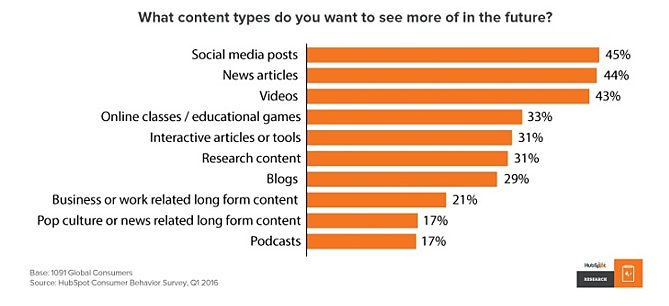
To briefly discuss our second point, it’s not surprising that one of the best ways to determine what kind of content will be most effective with customers is to analyze what’s been most effective with them in the past. This is especially true with paid advertisements.
For example, if you run two paid advertisements at the same time, you’ll be able to look at their engagement data afterward. Whichever ad performed better should be both promoted more widely and used as a starting point for future content. This will also help you refine your marketing approach over time.
4. Assess performance
One of the most difficult parts of running a business of any size is determining how well you’re doing. At the end of the day, many aspects of business success are difficult to quantify. However, customer data is a powerful tool you can use to assess various aspects of your company’s performance. That way, you’ll be able to determine what you’re doing well and what needs improvement with ease.
Here are just a few of the ways you can use customer data to assess your company’s performance:
- Customer service and overall customer satisfaction
- Website functionality
- Sales
- Social media performance and engagement
- New traffic and leads
- Loyalty and repeat customers
- Marketing strategy
- Logistics and shipping
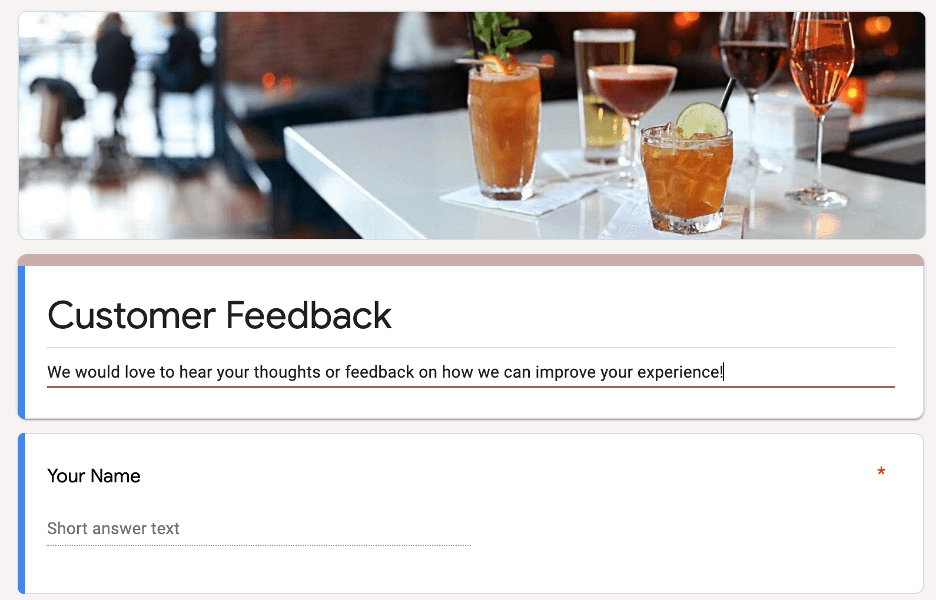
5. Make informed decisions
This closely relates to our last couple of points, but it bears mentioning on its own. Collecting customer data provides you with information. It sounds obvious, but it’s important to remember the value of this kind of information.
When you’re running a business, especially a smaller business, many business decisions feel random. At the best of times, you may feel like you’re making decisions intuitively or based on general observations, but they’re not really backed up by solid facts.
Customer data helps you make informed decisions. Usually, that means better decisions. For example, you might be wondering things like:
- Are customers happy with our products or services? Are there any changes that we need to make?
- How should we approach our marketing strategy this quarter? Should we use the same approach, or switch things up?
- Should we run a sale or promotion any time soon? Will it be successful? Will it be worth it?

With customer data on your side, those decisions don’t have to be random. You’ll be able to look at past behaviors and patterns and decide on the best course of action with confidence.
6. Stay competitive
Finally, it’s important to use customer data collection to give yourself a competitive edge over other businesses in your industry. More likely than not, you and a range of other similar businesses are vying for the loyalty of the same pool of customers.
The best way to do this is to use customer data to really get to know what makes them tick, nurture long-term customer relationships, and integrate insights arising from their behavior and feedback over time.
Basically, if your company is better acquainted with customer needs compared to your competitors, you’ll be in a better position to go above and beyond when it comes to meeting their needs. In turn, they’ll be loyal to you and hopefully, become long-term customers for years to come.
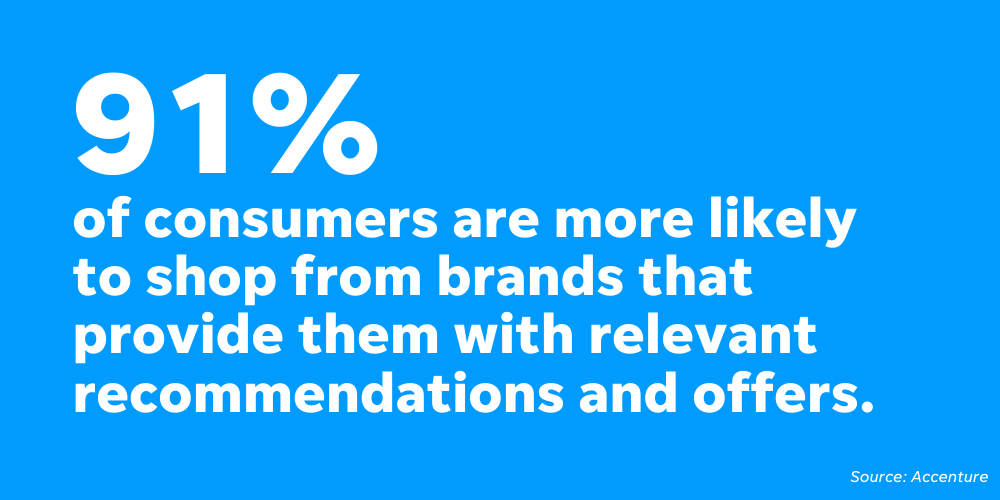
You can also keep an eye on what kinds of approaches your competition is using in their business models. If you see anything that catches your eye, you can try it out with your customer base, compare it with your current approach, and choose the most successful option to move forward with.
See what customer data can do for your business
As you can see, customer data collection can truly do wonders for your business. It helps you discover pain points, improve customer experience, improve your marketing strategy, assess performance, make informed decisions, and keep up with your competition. Basically, it can improve every aspect of your business in one way or another.
All in all, customer data is your friend. It helps you get to know your customers better, which helps you serve them better, which helps inform pretty much everything else you do.
It doesn’t matter how big your company is or what industry you work in, you will see improvements in your business’s success if you’re intentional about how you use customer data.
Related: Find out how Apple’s iOS 14 privacy update impacted ad costs.
About the author
Sydney Triggs is a copywriter, editor, and educator from Vancouver, Canada currently settled in Barcelona, Spain. She has worked with individual entrepreneurs and creatives as well as start-ups, small businesses, and large organizations in a variety of industries in Canada, the United States, the UK, France, Spain, and around the world over the last six years. Sydney has written hundreds of articles about marketing, travel and leisure, fashion, sustainability, technology, finance and investment, remote work and human resources, as well as more personal fiction and thought pieces.






